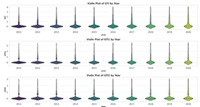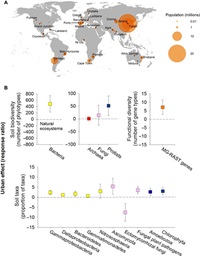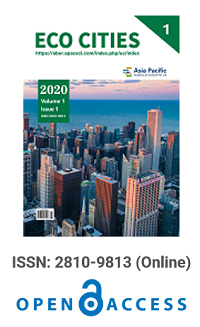

Asia Pacific Academy of Science Pte. Ltd. (APACSCI) specializes in international journal publishing. APACSCI adopts the open access publishing model and provides an important communication bridge for academic groups whose interest fields include engineering, technology, medicine, computer, mathematics, agriculture and forestry, and environment.


|
|
||||||||||||||||||||||
About This Journal
Focus and Scope Eco Cities (EC) is an Open Access journal, which provides a forum for studies in the field of urban ecology and sustainability. The submitted manuscript will go through a rigorous double blind peer-reviewed process. Eco-city is a social, economic, cultural and natural composite ecosystem with high level of synergy and harmony, which has the function of material recycling, social harmony and synergy between human and nature. The journal will specifically address the following topics but not limited to:
For Authors
APC PaymentPayments for APC of this journal can be made through our online PayPal payment gateway. Enter the article no. into the below textbox and select "Pay Now" to proceed with payment. *Article No. is mandatory for payment and it can be found on the acceptance letter issued by the Editorial Office. Payment without indicating Article No. will result in processing problem and delay in article processing. Please note that payments will be processed in USD. You can make payment through Masters, Visa or UnionPay card. |
||||||||||||||||||||||

Prof. Ali Jahani
Research Center of Environment and Sustainable Development, Iran
 .
. 



 Open Access
Open Access